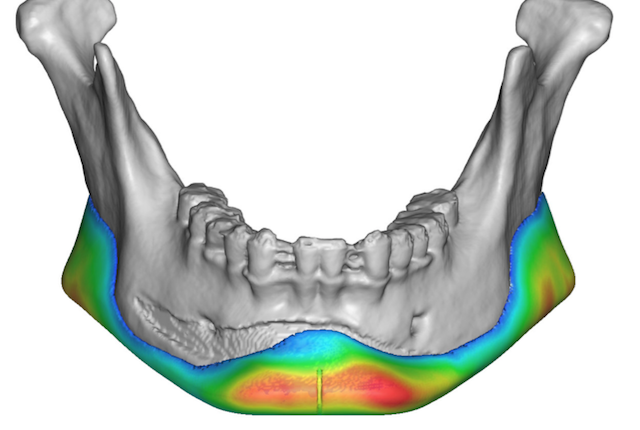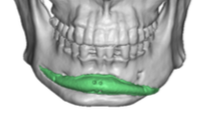Background: Chin implants can be inserted from either an external or intraoral approach. There are advantages and disadvantages with either approach and both can be equally successful with good surgical technique. While the intraoral approach is scarless it is prone to somewhat higher risks of malposition (superiorly) and infection. The most common of the two is malposition which almost universally is associated with a lack of implant screw fixation. Without a method to hold the implant down it is inevitable that it will quickly slide upwards toward the incision.
When replacing a chin implant with a custom jawline implant, regardless of the method by which the chin implant was placed, the anterior approach is usually done externally. (submental incision) I advocate this incisional approach in an effort to lower the infection risk by lowering implant exposure to mouth bacteria, Most men do not object to the submental incision but occasionally some do. As long as they understand the increased infectivity risk a custom jawline implant can be inserted through three intraoral incisions of it is not overly large.
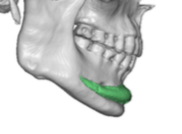
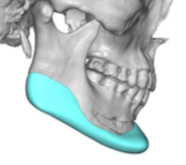
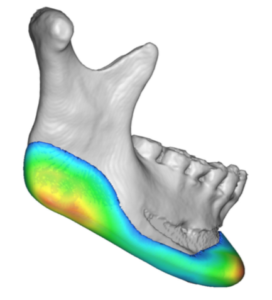
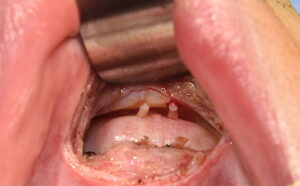
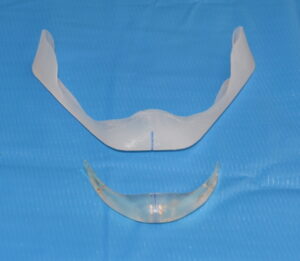
Case Highlights:
1) Superior chin implant displacement is common when an intraoral insertion method is used.
2) Chin implants show a classic imprinting pattern on the bone and sometimes bone ingrowth up through the holes of the implant.
3) Intraoral placement of custom jawline implants can be done in men but are associated with a higher risk of infection.
Dr. Barry Eppley
Indianapolis, Indiana

